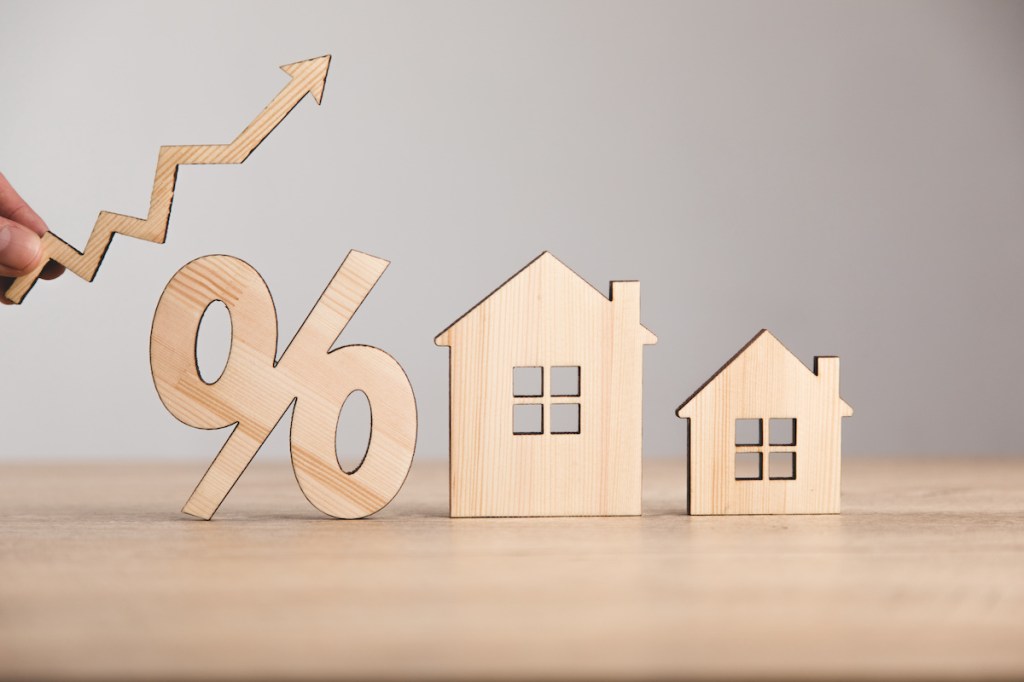Mortgage rates continued the downward trend this week amid signs that the U.S. economy is cooling down due to the tightening monetary policy. The recent declines, however, have not been enough to convince borrowers to take out a home loan.
“This week, labor cost data provided a ray of hope as it showed that hourly compensation was lower than previously reported in the second and third quarters for all sectors except manufacturing,” Danielle Hale, Realtor.com’s chief economist, said in a statement.
Hale added, “Anyone paying attention to the price at the pump would also have noted a decline. Next week’s Consumer Price Index data will confirm whether these trends are pervasive across the variety of goods and services consumers buy.”
All eyes on the Fed
Inflation and labor market are slowing down, which means that the Federal Reserve does not need to increase the federal funds rate as aggressively as it did with the 75 basis point hikes from the last four meetings. Most investors expect that in its meeting next week, the Fed will hike rates by 50 bps instead.
That’s why the average 30-year fixed-rate mortgage rate decreased to 6.33% this week, down 16 basis points compared to the previous week, according to the latest Freddie Mac survey. The same loan rates averaged 3.10% one year ago.
At Mortgage News Daily, rates were even lower, at 6.29% on Thursday afternoon.
“Mortgage rates decreased for the fourth consecutive week due to increasing concerns over lackluster economic growth,” said Sam Khater, Freddie Mac’s chief executive, in a statement.
“Over the last four weeks, mortgage rates have declined three-quarters of a point, the largest decline since 2008. While the decline in rates has been large, homebuyer sentiment remains low, with no major positive reaction in purchase demand to these lower rates.”
According to Hale, the reason is crystal clear. Recent declines in rates have brought the cost of purchasing a home down by an average of $185 per month, relative to the recent peak in rates. Still, borrowers are paying $880 per month more on average than last year. The analysis considers a buyer of a median-price home for sale today making a 10% down payment.
Hale said that setting a home purchase budget has been “incredibly difficult for home shoppers who have watched their purchasing power swing up and down as rates fluctuate.”
Flat and falling home prices
According to data from the Mortgage Bankers Association (MBA), mortgage applications fell 1.9% this week compared to the Thanksgiving holiday-adjusted results from the previous week.
“Prospective homebuyers continue to delay decisions to purchase homes, even as home prices flatten or fall,” said Bob Broeksmit, MBA’s president and CEO, in a statement. “The average loan size for a purchase application last week was at its lowest level in nearly two years, another indication that home prices are cooling.”
However, some analysts see some limitations to home price correction. The credit analysis agency Moody’s expects home prices to decline 12.2% in 2022, but by a 4.1% drop in 2023.
“The market maintains fundamental strengths, including favorable demographic trends, supply constraints after a decade of underbuilding, and generally solid mortgage underwriting and structures, in the form of mainly 30-year fixed loans,” Moody’s analysts wrote in a report.
They added that the risks vary across metropolitan areas and different market segments, with potential house price declines of 15%-25% or more in some areas. Still, home values in these areas generally will remain well above pre-pandemic levels, Moody’s analysts said.
“The extent of recent booms, current construction levels, and changes in migration patterns (e.g., as remote work and environmental issues evolve) will drive local prices,” the analysts wrote.






